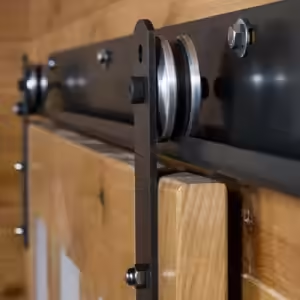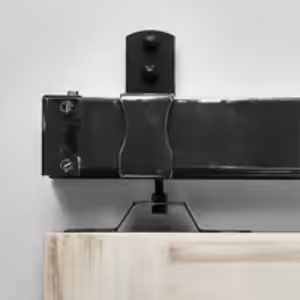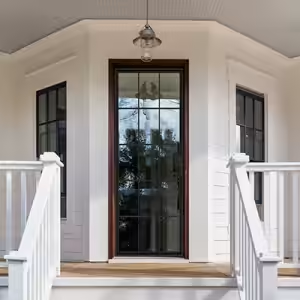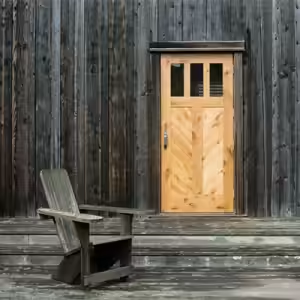Dentil Shelf FAQs
- What is a Dentil Shelf?
- Why is it Called a Dentil Shelf
- What is a Dentil Shelf Used For?
- What are the Historical Origins of Dentil Shelves
- What are the Benefits of Adding a Dentil Shelf to a Door?
- What are the Alternatives to a Dentil Shelf?
- What Materials Are Dentil Shelves Typically Made From?
- How to Make a Dentil Shelf for a Door
- How to Install a Dentil Shelf
- How to Hang a Wreath on a Dentil Shelf
Dentil Shelf Frequently Asked Questions
What is a Dentil Shelf?
A dentil shelf adds aesthetic detail to a door. It’s a protruding miniature “shelf” that sits just below the window glass or upper panel section on craftsman doors. Because the craftsman style closely resembles mission style, a mission style door can also have a decorative dentil shelf.Why is it Called a Dentil Shelf?
You’re right in acknowledging the somewhat strange name for this little architectural detail. The shelf part of the name is easy to decipher—it resembles a shelf. The “dentil” part has a little bit more juice to its origin.What is a Dentil Shelf Used For?
A dentil shelf is purely decorative, and does not have any functional purpose. The intention of dentils is to add prominence, depth, and elegance to a building. In this same way, dentil shelfs add texture and character to a door.What are the Historical Origins of Dentil Shelves?
Dentils originated in ancient Greek and Roman architecture as a decorative element. As a key aspect of Neoclassical architecture, they were found in exterior and interior spaces, usually as part of the crown molding. They were almost exclusively made of stone, and were perfectly symmetrical. Dentils were also popular in Renaissance architecture, which closely resembled ancient Greek and Roman Architecture.What are the Benefits of Adding a Dentil Shelf to a Door?
One of the benefits of a front door dentil shelf is that it adds a subtle touch of historic charm to front entryways. It’s a simple and easy decor option that signifies your design preference—and perhaps the architectural history of your home.What are the Alternatives to a Dentil Shelf?
Dentil shelves are a unique door accessory. As such, there are no similar alternatives to them.What Materials Are Dentil Shelves Typically Made From?
Traditionally, a craftsman door with dentil shelf is made entirely of wood. The door and dentil shelf are typically made from the same wood species and stained with a wood finish to highlight the natural wood color and texture.How to Make a Dentil Shelf for a Door
If you love your existing entry door, but wish it had a dentil shelf, you can easily make and install a dentil shelf yourself! The two most popular DIY materials are wood or PVC molding.How to Install a Dentil Shelf
If you’ve gone the DIY route and made your own dentil shelf, you can easily install it on your front door without screws. The materials you’ll need include a level and a high-performance adhesive, such as E6000, hot glue, or construction adhesive.How to Hang a Wreath on a Dentil Shelf
If you're looking to spruce up your home decor, placing a wreath on the door is a fantastic choice. The best way to hang a wreath from a door with a dentil shelf is to use a wreath hanger that goes over the top of the door. You’ll just need to make the wreath hanger a little shorter and hang it above the shelf.This approach not only highlights the wreath but also complements the unique feature of your door with the dentil shelf, enhancing the overall look of your home's entrance.
Rustica Doors with Dentil Shelf
If a new front door with a dentil shelf is calling your name, check out Rustica’s high-quality, craftsman collection doors with dentil shelves. These doors honor the traditional craftsman style and are perfect for rustic farmhouse, modern farmhouse, shabby chic, cottage core, traditional, craftsman, and colonial style homes.- Apprentice Front Door with Shelf
- Rocky Point Front Door with Shelf
- Skyline Front Door with Shelf
- Left Fork Front Door with Shelf
- Hobble Creek Front Door with Shelf

 800-891-8312
800-891-8312




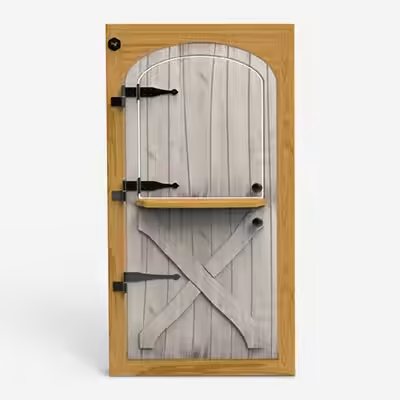




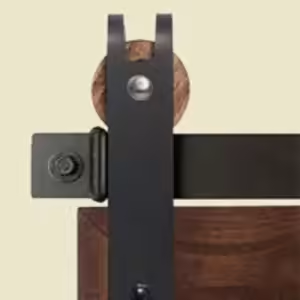

-1601395521090.avif)
